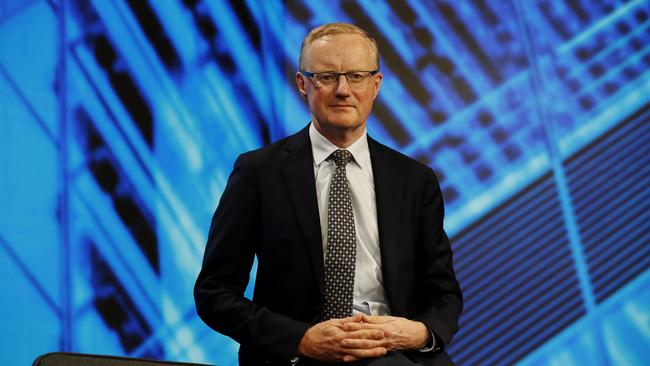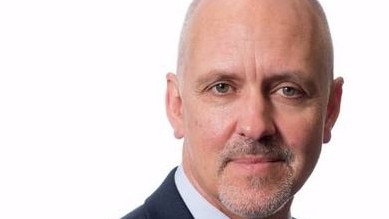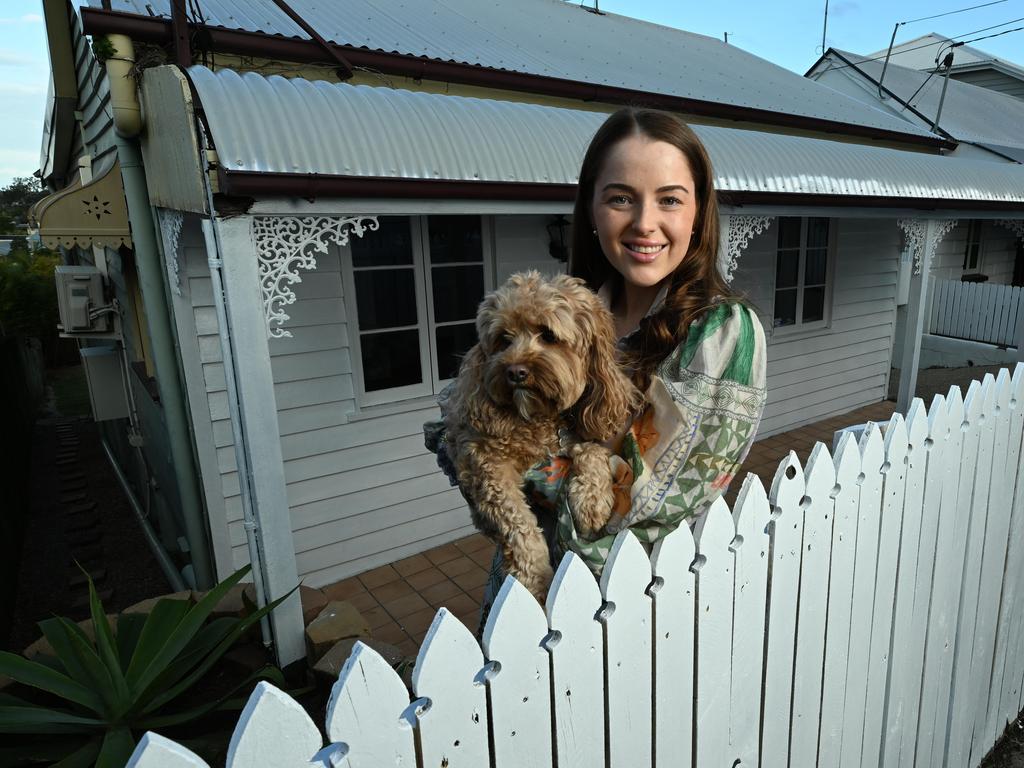Expectations of a more hawkish RBA chief
In a couple of days Australia will likely hear a clear message from Reserve Bank governor Philip Lowe he’ll do whatever it takes to get inflation under control.
A clear commitment by Reserve Bank governor Philip Lowe to do whatever it takes to get the current outbreak of inflation under control will have to wait for his Anika Foundation address on Thursday.
But there was enough in his post-meeting statement to believe he will do as Jerome Powell did in the Federal Reserve chairman’s Jackson Hole speech and give a much-needed message that the RBA isn’t going to underwrite demand in the economy to the extent that businesses can keep boosting wages and prices.
One clear message delivered by Lowe to financial markets on Tuesday was that – after five consecutive interest rate rises, including four aggressive 50-basis-point increases to the current level of 2.35 per cent – the official cash rate is now in the vicinity of what the RBA considers to be a “neutral” rate for the economy over the long term. That doesn’t mean it’s not prepared to push rates higher.
In a signal to markets to not get too carried away with pricing in interest rate rises next year, Lowe dropped the previous month’s line that “today’s increase in rates is a further step in the normalisation of monetary conditions”.

The latest rate increase would “help bring inflation back to target and create a more sustainable balance of demand and supply in the Australian economy”.
He may not want to see markets pricing in cash rates near 4 per cent next year due to the amount of leverage in the system and the fact policy will effectively tighten as hundreds of billions of dollars borrowed by homeowners at low fixed rates switch to much-higher floating rates this year.
Also, Lowe kept the fundamentally dovish lines that the RBA wants to bring inflation back to target “while keeping the economy on an even keel” and that “the path to achieving this balance is a narrow one and clouded in uncertainty, not least because of global developments”.
He also noted that “the outlook for global economic growth has deteriorated due to pressures on real incomes from high inflation, the tightening of monetary policy in most countries, Russia’s invasion of Ukraine, and the Covid containment measures and other policy challenges in China”.
But that’s where the dovish concessions from the governor in his post-meeting statement stop. He added the key comment that “price stability is a prerequisite for a strong economy and a sustained period of full employment”, and upfront he said the RBA was “committed to returning inflation” to target.
Last month, the RBA placed “a high priority on the return of inflation” to target.
“While the removal of the reference to normalising policy might be a signal that the RBA is more open-minded about the size of the next rate hike than it seems to have been over the past few meetings, the RBA is strengthening its commitment to getting inflation down,” said David Plank, ANZ’s head of economics in Australia.

He said the RBA “certainly doesn’t seem to think it is close to finishing the tightening cycle” and saw little reason to change his call that the cash rate would be above 3 per cent by year-end, especially considering the outlook for the labour market. But the pace of rate rises was in question.
In his statement, Lowe said the economy was “continuing to grow solidly, and national income is being boosted by a record level of the terms of trade”.
He added: “The labour market is very tight, and many firms are having difficulty hiring workers. The unemployment rate declined further in July to 3.4 per cent, the lowest rate in almost 50 years.
“Job vacancies and job ads are both at very high levels, suggesting a further decline in the unemployment rate over the months ahead. Beyond that, some increase in the unemployment rate is expected as economic growth slows.”
Lowe said that the RBA board “expects to increase interest rates further over the months ahead, but it is not on a pre-set path”. Plank said: “We’ll wait to see what Lowe has to say on Thursday before we make any adjustment to the slope of our path.
“We think Lowe is likely to expand considerably on the importance of price stability being ‘a prerequisite for a strong economy and a sustained period of full employment’.”
Together with Lowe’s comment that the RBA “expects to increase interest rates over the months ahead”, his hint that policy close was to neutral would allow the bank to slow the pace of further increases into restrictive territory, Citi Australia chief economist Josh Williamson said.
Williamson continues to expect the remaining moves this year to be by 25 basis point moves, leaving the cash rate target at 3.1 per cent by December, but he sees “hawkish risks” to Lowe’s speech on Thursday.
“Our view of the risk profile tilted more towards the hawkish side is based on Jackson Hole last month, where central bankers banded together in a commitment to fight inflation,” he said.








To join the conversation, please log in. Don't have an account? Register
Join the conversation, you are commenting as Logout